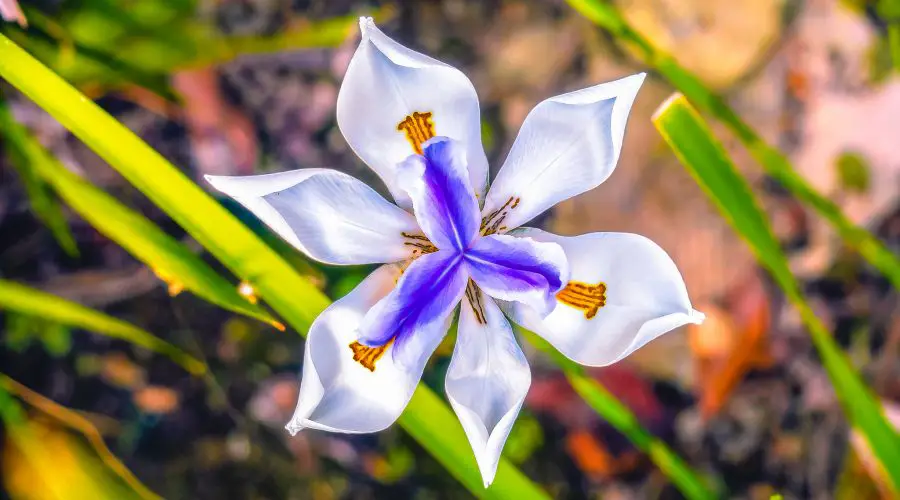Floriography – The Language of Flowers
Nature makes some nice flowers and we try to speak their language. Ever since ancient times, flowers have held symbolic meaning derived from mythology, folklore, religious beliefs and life values. That is the reason why there are various meanings assigned to each flower. The flowers have been used to express emotions, celebrate births, marriage and commemorate our deaths. They color our world. They cover everything and they’re important for us both emotionally and symbolically.
Definition and Historical Background
Floriography is the term used to represent the language of flowers. It was coined during the Victorian era (1837-1901) to define the symbolic meanings attributed to various flowers. Floriography or the language of flowers is the art of flower symbolism. It is a cryptic way of communication through flowers.
Floriography became very popular in Victorian England and in the United States during the 19th century, but actually dates back further than the Victorian Era. It has roots in Persia and Turkey in the 15th century where flowers replaced words, allowing people to express forbidden or socially unacceptable feelings.
The Turkish people have a language called “selam” or “salaam”, the oriental language involving flowers and other objects. It was a secret flower language used by clever harem women to communicate with their lovers outside the harem. The secret language of a harem could only be decoded by attaching rhyming words to particular objects like flowers and fruits. Some writers cite ”selam” as a source of flower sentiments and symbols, but it was not so much a language of meanings, as it is a mnemonic system. Actually, it was a tool for helping people remember lines of poetry. Although is a mnemonic system, selam became known in Europe as a system of associating flowers with symbols.
The oriental language of flowers was introduced into Europe in the 17th century by Charles II, King of Sweden. Lady Mary Wortley Montagu (1689-1762), an 18th-Century aristocrat and poet, became fascinated with the Turkish “selam“ and introduced the symbolic language to the England. As the wife of a British ambassador assigned to Constantinople, she was introduced to the rich cosmopolitan culture of the Ottoman Empire. After that, she popularized the idea of flower symbolism in the letters she sent back to Europe, revealing the secret language of flowers as practiced by the ladies in the harems. The letters she wrote were later published as the “Turkish Embassy Letters”.
The Victorians developed the language of flowers to a greater degree than any who went before them. Victorian era was a period of extreme social inequality so people used to send secret messages. Floriography allowed people to convey complex feelings that would otherwise be impolite to say aloud in such a conservative time.
Much like the Western floriography, eastern nations also have set meanings to their flowers. For example, the Japanese “Hanakotoba“ is a separate, independent floriography. It is an ancient Japanese art of assigning meaning to flowers.
Flowers were often sent as coded messages to the receiving party. However, the meaning of flowers became more complex and it caused miscommunications and bad experiences.
In the beginning of the 19th century, French publishers had begun to put out flower dictionaries devoted to decoding the meaning of flowers. Over the years many dictionaries have been published to spread the language of flowers. People actually carried around dictionaries filled with the meanings assigned to certain flowers. In the 20th century, there were more than 100 flower dictionaries around the globe. However, the meaning of flowers have become lost and confused over time. Today, people have largely forgotten the meanings behind most flowers.
Floriography and Flower Gifting
Flowers are great gifts for almost any occasion, but even more so if you know the meaning behind each one of them. The language of flowers is not always universal because flowers have different meanings in different cultures. Besides, some flowers also derive meaning from the scents they carry or the medicinal properties they contain. It’s also worth to mention that different colors of flowers symbolize different feelings. Confusing a bit, isn’t it?
Before you select a bouquet, pay attention to the meaning behind the type and color of blooms you select. Each of the flower is assigned with a specific meaning, which you may consider when you are giving flowers as a gift. Mix your own bouquet and have fun creating your own hidden messages! And remember, flowers can talk. When words fail you, you can still rely on the floriography to express your feelings.

